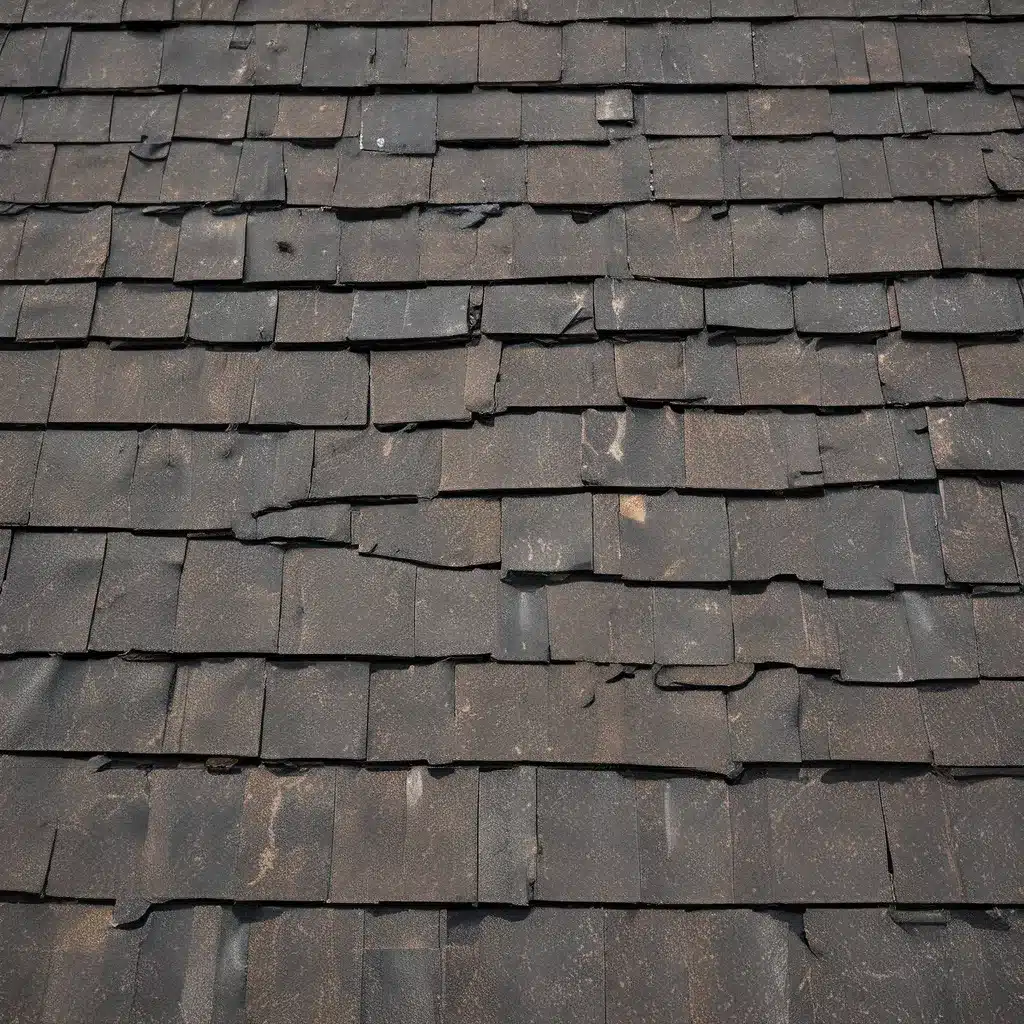
Storms can be incredibly unforgiving, unleashing their fury upon our homes and leaving a path of destruction in their wake. As a roofing professional, I’ve witnessed firsthand the havoc that heavy winds, torrential rain, and hail can wreak on roofs – the critical barrier protecting our loved ones from the elements. But with the right approach and expertise, navigating the aftermath of storm damage doesn’t have to be a daunting task.
Assessing the Damage: A Crucial First Step
The first and most important step after a storm is to carefully assess the damage to your roof. Now, I know the temptation to climb up there and get a closer look might be strong, but trust me, it’s just not worth the risk. Safety should always be your top priority. Instead, take a good, long look at your roof from the ground, or even through the windows if you can. Look for any visible signs of trouble, like missing shingles, debris, or damaged gutters.
Once you’ve got a general idea of the extent of the damage, it’s time to document it thoroughly. Grab your camera and start snapping away – wide shots of the entire roof and close-ups of the specific problem areas. This visual evidence is going to be crucial when it comes time to file that insurance claim.
Reaching Out to Your Insurance Provider
With your documentation in hand, it’s time to contact your homeowner’s insurance company. Don’t wait – the sooner you get the ball rolling, the better. Your insurance provider will guide you through the claims process and let you know about any required steps on your end.
Now, I know dealing with insurance companies can be a real headache, but try to stay patient and persistent. Enlist the help of your roofing contractor to act as a mediator and advocate on your behalf. They’ve been down this road before and know exactly how to navigate the system to ensure you get the coverage you deserve.
Choosing the Right Roofing Contractor
Speaking of roofing contractors, this is a crucial decision. After a major storm, you can bet there’ll be plenty of “storm chasers” out there trying to take advantage of desperate homeowners. But trust me, you don’t want to go that route. Instead, look for a reputable, licensed, and insured local contractor with a proven track record of quality work.
When evaluating potential roofers, ask the tough questions: How long have they been in business? Do they have experience dealing with insurance claims? Can they provide references from satisfied customers? This is your home we’re talking about, so don’t be afraid to do your due diligence.
Developing a Repair Plan
Once you’ve found the right roofing contractor, it’s time to develop a comprehensive repair plan. Your contractor should conduct a thorough inspection to accurately assess the damage and identify any underlying issues that may not be immediately visible, like structural concerns or subtle leaks.
Based on their findings, your contractor will provide you with a detailed repair plan, outlining the scope of work, necessary materials, timeline, and estimated costs. Take the time to review this plan carefully and ask questions if anything is unclear. You want to be 100% comfortable with the proposed approach before giving the green light.
Navigating the Repair Process
With the repair plan in place and the insurance claim filed, it’s time for your roofing contractor to get to work. A reputable company will keep you informed every step of the way, ensuring the repairs are completed to your satisfaction and in accordance with all relevant building codes.
During this process, stay in close communication with your contractor and don’t be afraid to voice any concerns. After all, this is your home, and you deserve to be fully satisfied with the end result.
The Final Inspection and Beyond
Once the repairs are complete, it’s time for a final inspection with your roofing contractor. This is your chance to ensure that everything has been done to your standards and that your home is ready to withstand future storms.
But the work doesn’t stop there. Regular maintenance and inspections are crucial for keeping your roof in top condition and minimizing the risk of future damage. Work closely with your contractor to develop a plan for ongoing care and preventative measures.
Weathering the Storm: A Final Thought
Navigating the aftermath of a severe storm can be a daunting task, but with the right approach and the support of experienced professionals, you can restore your home’s integrity and protect it from future weather-related disasters.
Remember, safety should always be the top priority, and don’t be afraid to lean on your insurance provider and roofing contractor for guidance and expertise. By working together, we can ensure that your home remains a secure and comfortable haven for you and your loved ones, no matter what Mother Nature has in store.
So, the next time a storm rolls in, don’t panic – you’ve got this. With a little preparation and the right team by your side, you can navigate the aftermath with confidence and restore your roof to its former glory.